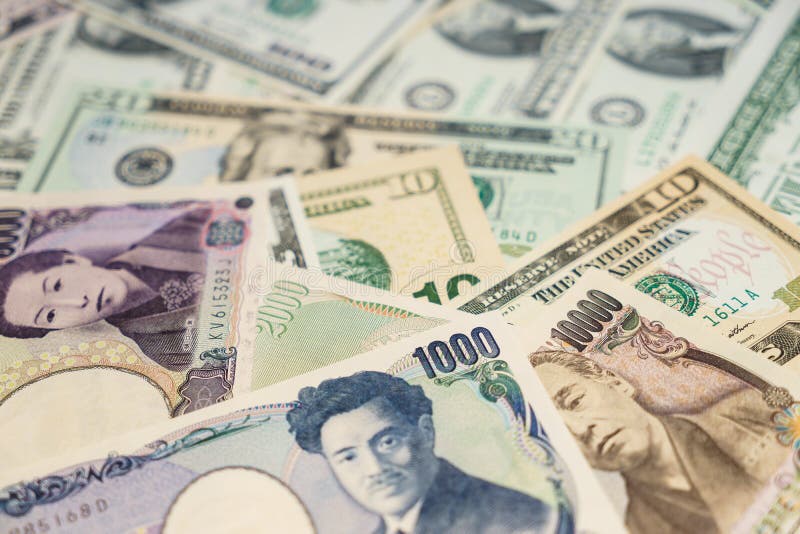

While the Fed is increasingly returning more hawkish, the BoJ is still pressing ahead with its existing measures to support the Japanese economy.”Įconomies, including the US, have been tightening their monetary policies this year by raising interest rates and slowing asset purchases to counter the effect of rising inflation. “The USD/JPY has been surging higher because of the rising yield differential between the US and Japan. This makes the US dollar the more attractive investment option, which has largely been the case this year. One of the main factors driving the divergence between the dollar and the yen may be down to the fact the Fed is raising rates aggressively, while the Bank of Japan is keeping its benchmark rate at an ultra-low level. The yen was also supported after Bank of Japan ( BoJ) Governor Haruhiko Kuroda recently hinted at a possible adjustment in the country’s yield-curve control policy “if the achievement of our 2% inflation target comes into sight”.Īs noted by analyst Piero Cingari on 19 December: “The yen’s two-month 10% surge – USD/JPY fell from 151.9 to 136 – has been fuelled by a number of factors, including the Japanese FX intervention, speculation about the Fed cutting interest rates next year, China’s reopening, and the rumours behind a BoJ hawkish tilt.”ĭespite recent gains, USD/JPY has risen by 15.64% year-to-date, currently trading at levels last seen in the late 1990s. JPY has hovered near its strongest levels in two months after lower-than-expected US Consumer Price Index (CPI) numbers bolstered hopes that peak inflation had been reached, and that the Federal Reserve ( Fed) would tighten less aggressively in its upcoming meetings.

The US dollar exchange rate against the Japanese yen (USD/JPY) weakened in the final quarter of 2022, with the yen strengthening at close to 132 per dollar. The Bank of Japan remains ultra-dovish in its monetary policy stance – Photo: beeboys /


 0 kommentar(er)
0 kommentar(er)
